 MARCEL VENABLE
.
April 22, 2025
.
c10
MARCEL VENABLE
.
April 22, 2025
.
c10
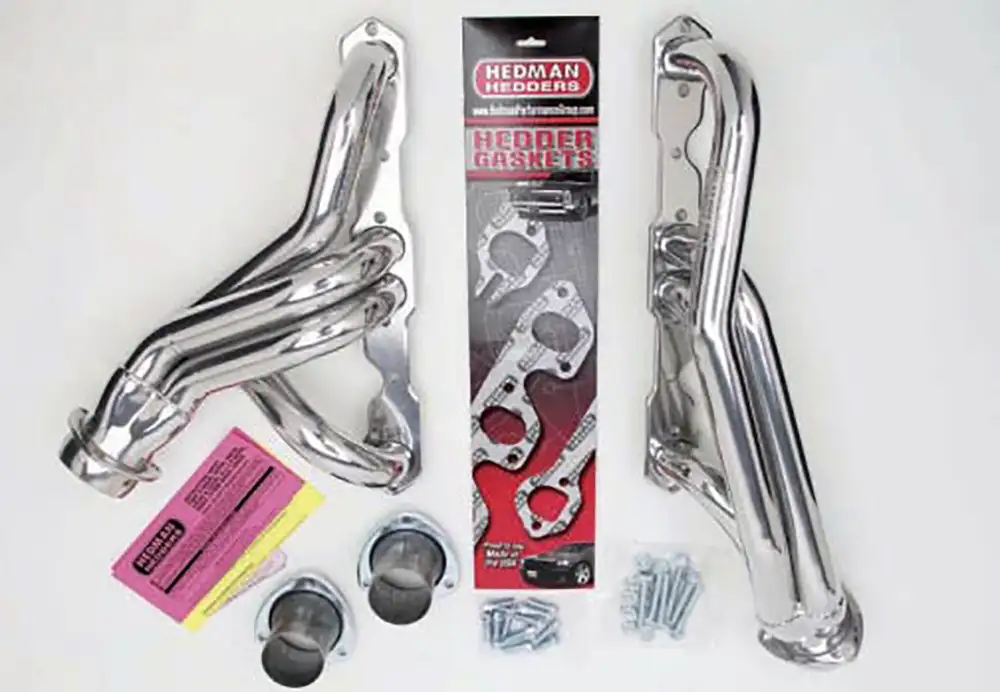
Remember how we were all taught the fundamentals back in grade school: times tables for math, phonics for reading, and even the four basic food groups for proper nutrition? I recall my high school auto shop teacher explaining the fundamentals of the four-cycle engine by liken- ing it to the human body. He lectured that if you want to run faster, you’ll need more oxygen and food to power your body; or in the case of an automobile’s engine, more air and fuel. He ex- panded his theory to note that the lungs play a major role in our bodies’ performance, and he related their functioning to an engine’s exhaust system, which shares some similarities.
Most auto and truck manufacturers strive to make their engines profitable, yet reliable, offering value to their customers. When it comes to fac- tory exhaust manifolds, function beats out form because an engineer’s only goal is fitment. This formula has worked well for the vast majority of truck owners, but it leaves others—people like you—yearning for more power.

So why are headers important, and if they’re so good, then why don’t they come on the truck from the factory. Let’s go back to the more air, more fuel and more power theory and focus on exhaust manifolds. Factory exhaust manifolds are so restrictive it’s like trying to run around your block while wearing a snorkel: It gets the job done, but requires a lot of effort. Tubular exhaust manifolds, or headers, open up the path so spent gasses can flow away from the engine more efficiently. The ultimate goal of a performance exhaust header system is to decrease flow resistance, or back-pressure, and to increase the volumetric efficiency of an engine, resulting in engine torque gains.
This idea dates back to the middle of the last centry when the pioneers of land speed records and straight-line drag racers were in search of more top end speed. Countless trial and error attempts were made before the science was perfected, and their research has shown that selecting the length and diameter of the primary tubes makes a lot of difference between improving and restricting power. For example, tubes that are too large will cause the exhaust gases to expand and slow down, thus decreasing the scavenging effect. Tubes that are too small will create exhaust flow resistance where the engine must work harder to expel the exhaust gas from the exhaust chamber, reducing power and leav- ing exhaust in the chamber to dilute the incom- ing intake charge. Since engines produce more exhaust gas at higher speeds, headers are tuned to a particular engine speed range according to their intended application. A good rule of thumb when choosing an application is that wide primary tubes offer the best gains in power and torque at higher engine speeds, while narrow tubes offer the best gains at lower speeds.
With that being said, the other thing to remember when selecting a set of headers for your truck is fitment. Take, for example, collector clearance: Anybody who has ever owned a low- ered vehicle with a set of long tube headers knows to avoid speed bumps at all costs. Another thing to consider is the length of the tubing. Many manufacturers of headers produce a variety of styles and lengths; shortys, long tubes and mid lengths all have their pro and cons, so which style is right for you?
We asked the same question and received some great answers from the professionals at Hedman Hedders, follow along with this install of a set on a mid-‘80s square-body Chevy equipped with a 383 small-block. Hedman offers a variety of headers and recently came out with a C-10-specific small-block Chevy header. It’s a mid-length model with lowered trucks in mind. The headers come in a variety of materials and finishes. ST
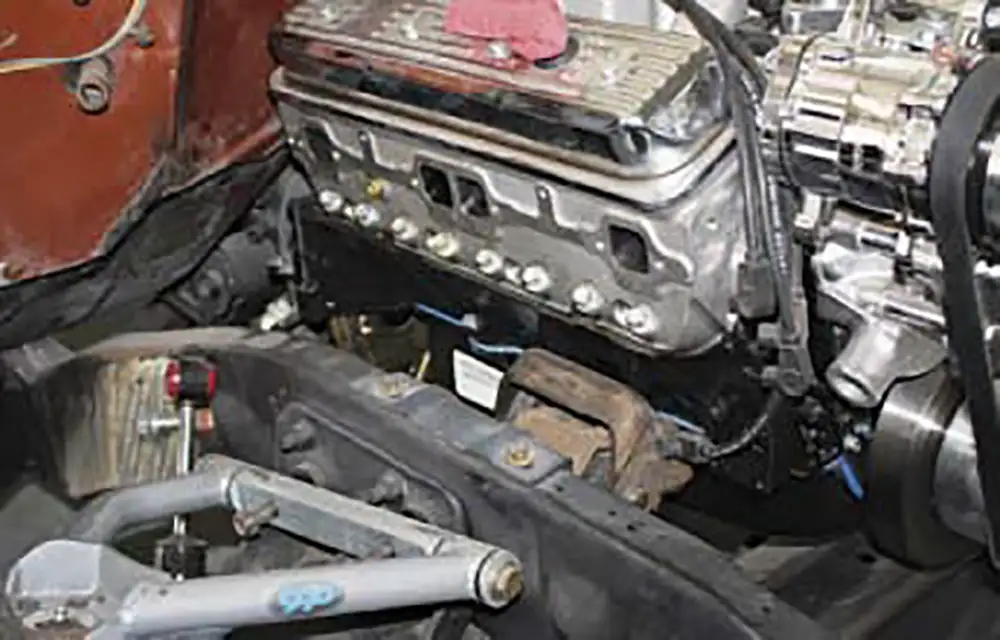

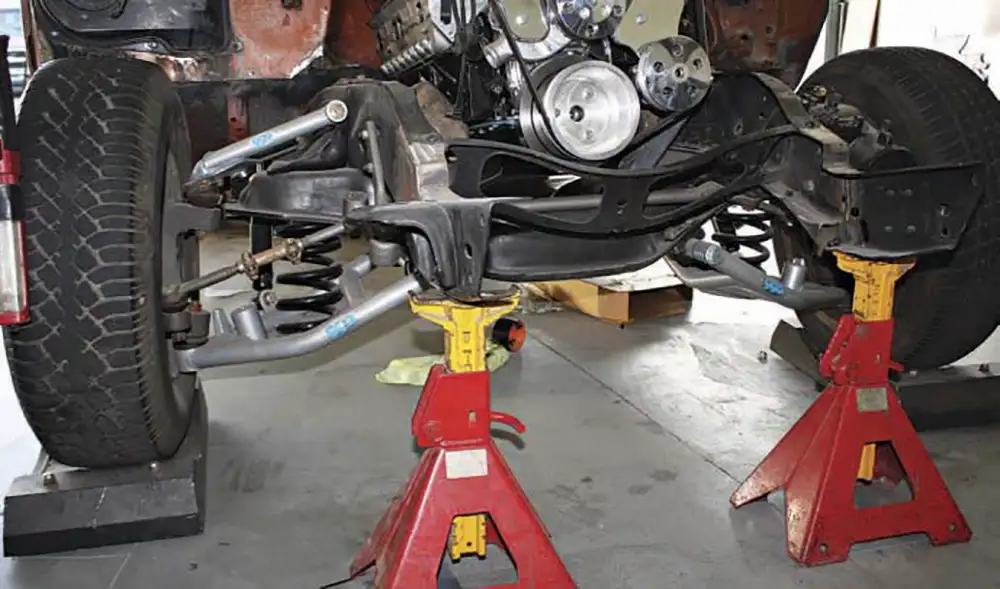
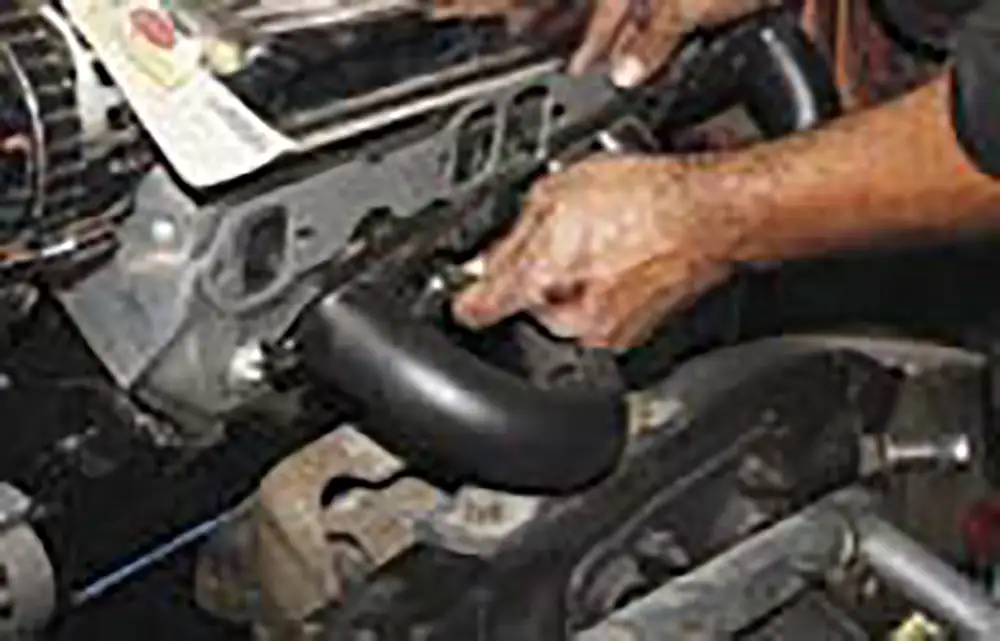
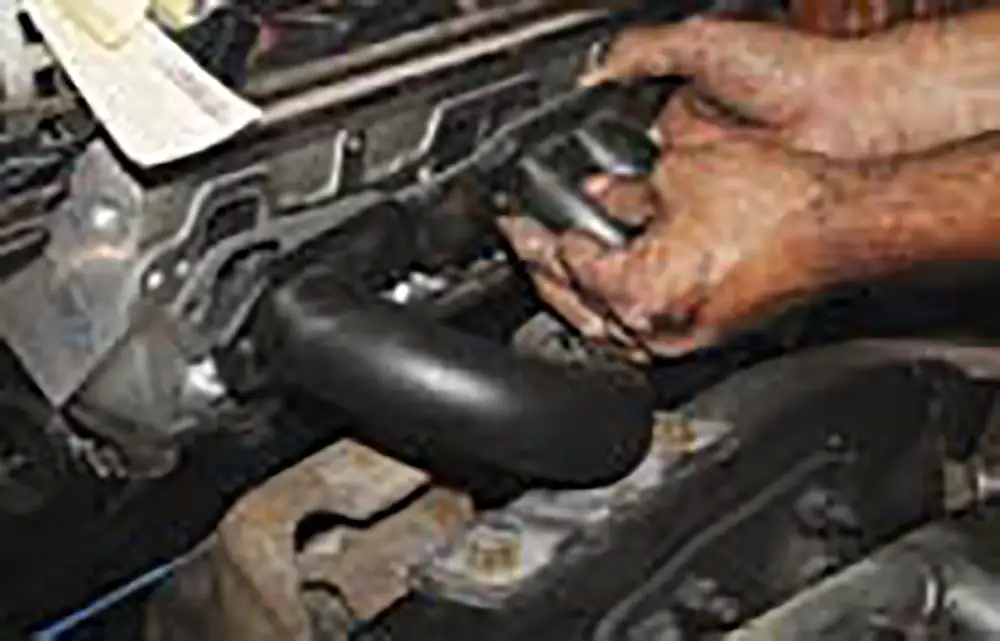
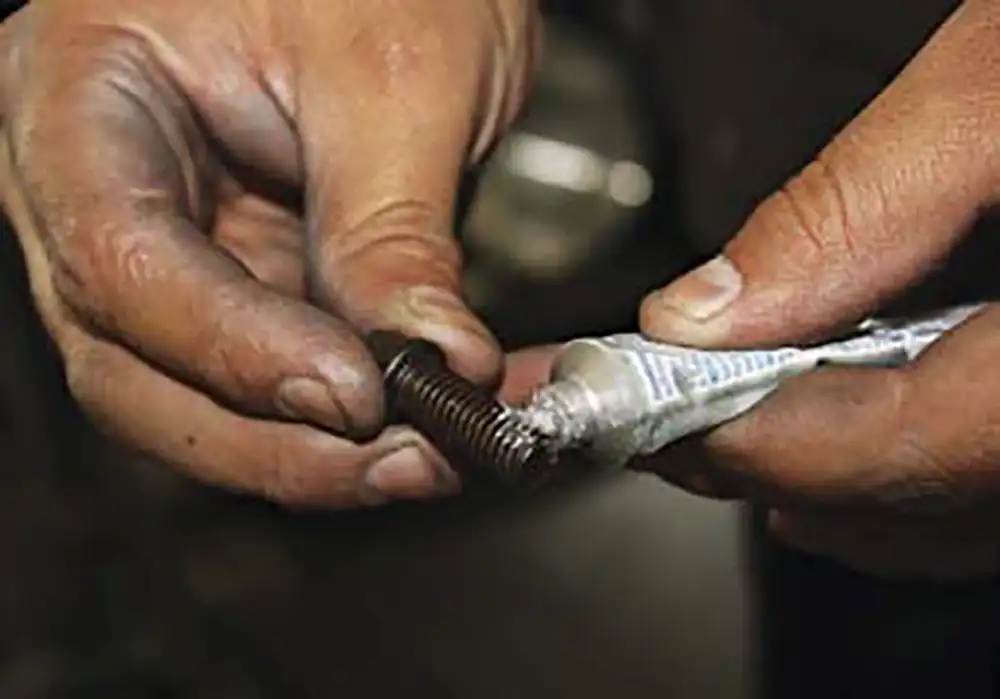


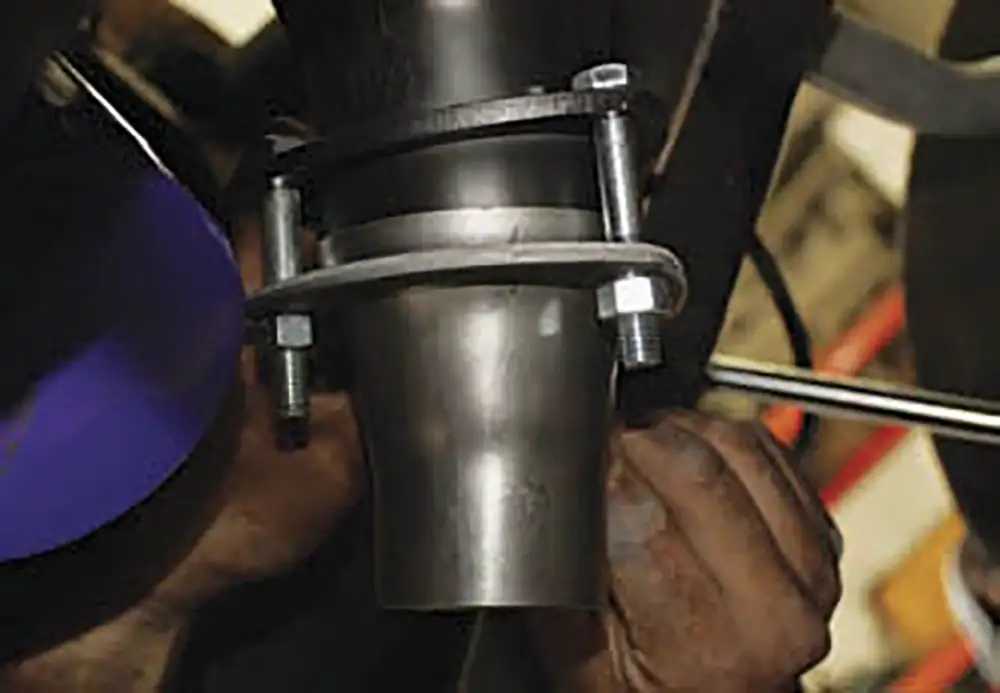
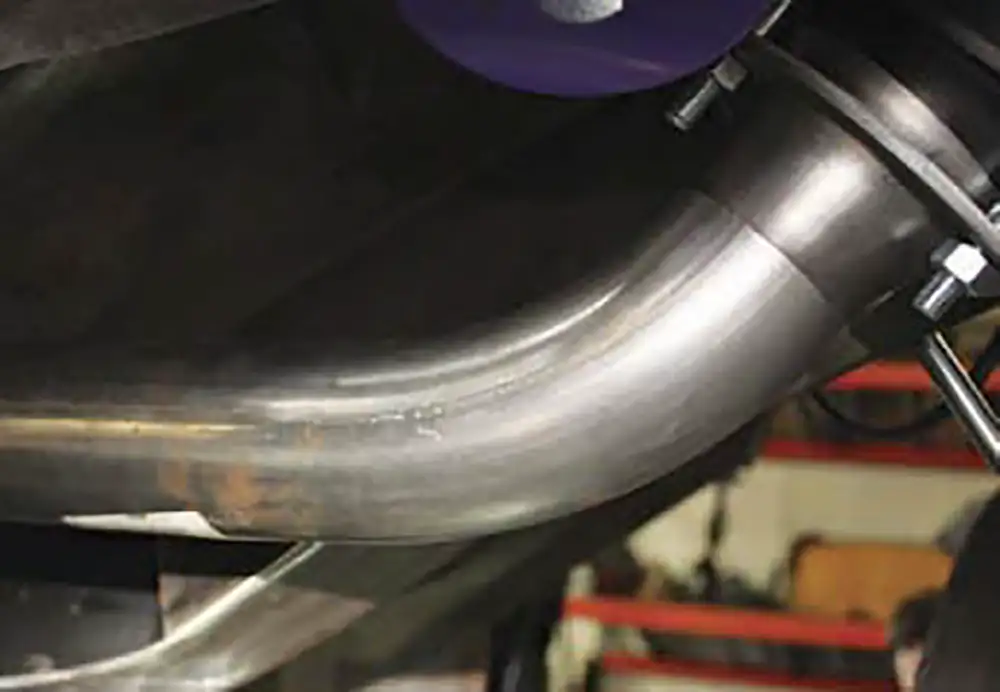

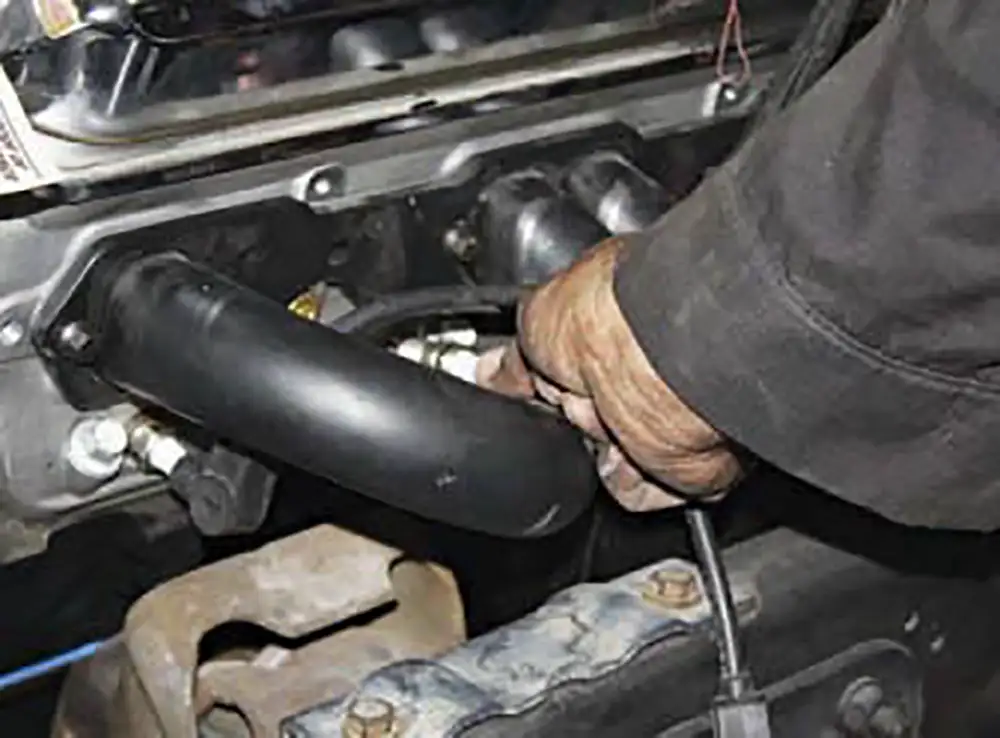
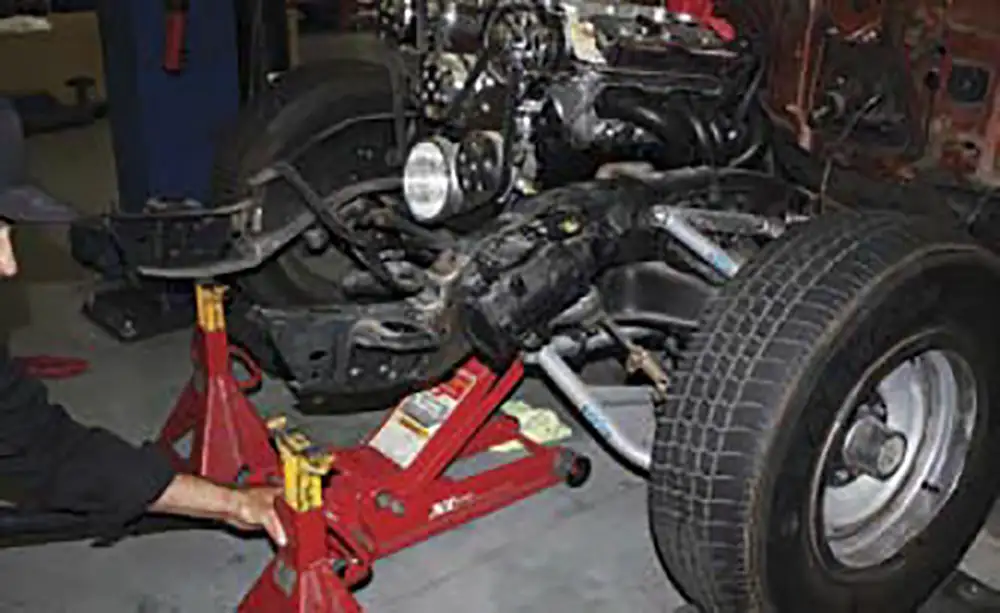
Share Link